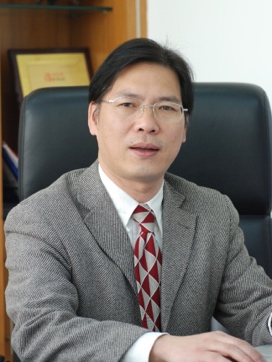STAFF

Prof. Haiyang Wang
College of Life Sciences,
South China Agricultural University,
Guangzhou, Guangdong 510642, China
Tel: +86-20-85282180 (O)
E-mail: whyang@scau.edu.cn
http://webplus.scau.edu.cn/_s83/2019/0307/c3190a162505/page.psp
Education
Ph.D. (Biology)
University of Michigan, USA, 1998
M.S. (Biology)
Northwest University, China, 1989
B.S. (Biology)
Hangzhou University (now Zhejiang University), China, 1986
Professional Biography
Dr. Haiyang Wang worked as Postdoctoral Fellow in Yale University from 1998 to 2002, as Assistant Scientist (equivalent to Assistant Professor) at the Boyce Thompson Institute for Plant Research, Cornell University from 2002 to 2009, and as Research Scientist at the Department of Molecular, Cellular and Developmental Biology, Yale University from 2009-2013. He was a professor at the Biotechnology Research Institute, Chinese Academy of Agricultural Sciences from 2013-2016, and took a professor position in the SCAU in late 2016. Prof. Wang’s lab now focuses on two areas of research: 1. Plant photobiology, especially the molecular genetic mechanisms regulating shade avoidance response and plant architecture; 2. Crop functional genomics, especially plant architecture regulation and heterosis utilization in rice and maize.
Area of Expertise
Shade avoidance response, plant architecture, heterosis utilization, crop molecular design, biotechnology
|
|
